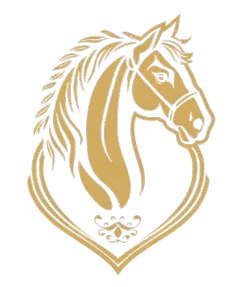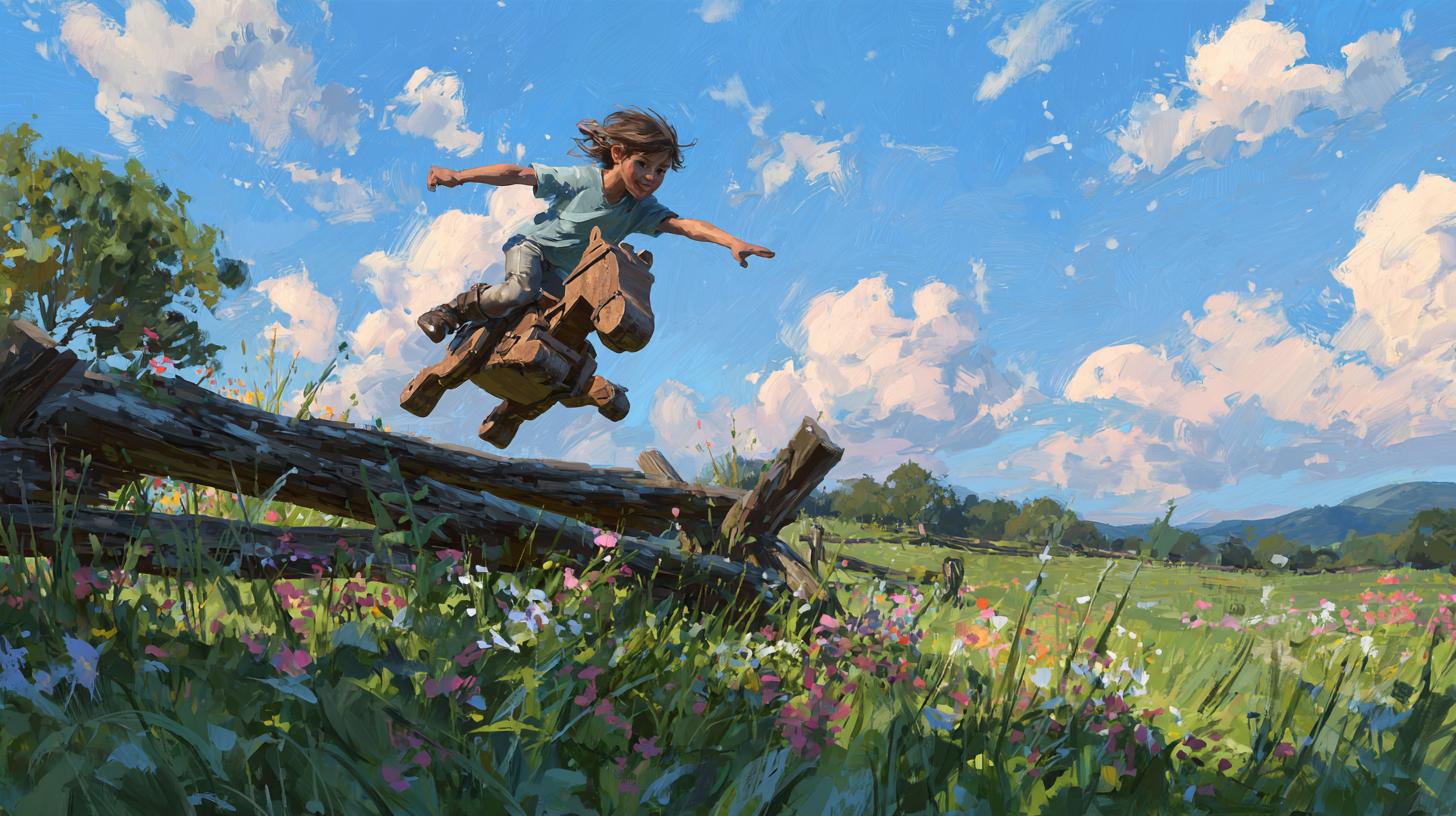Mastering Hobby Horse Spring Training: Your Ultimate Guide
Are you ready to elevate your stick horse routine and dive into the exciting world of hobby horse spring training? Whether you’re a seasoned stick pony rider or a curious beginner, this comprehensive guide will help you build strength, confidence, and creativity. Imagine simulating dressage patterns, show-jumping courses, and even friendly competitions—all from your backyard or local park. In this post, we’ll explore the origins of hobby horse spring training, map out clear steps for getting started, highlight real-life success stories, and offer actionable tips to overcome common challenges. By the end, you’ll feel equipped and inspired to hop into your first training session with energy and purpose!
What Is Hobby Horse Spring Training?
Hobby horse spring training brings the joy of equestrian sports to riders of all ages, using a stick horse or stick pony. Unlike traditional horseback riding, this playful practice focuses on agility, coordination, and imagination. Participants learn to perfect elementary dressage moves, practice jumping techniques, and hone overall fitness without the need for a live horse. It’s accessible, fun, and an excellent alternative for those seeking low-cost, high-impact workouts.
Origins and Evolution
The hobby horse trend traces back to Nordic countries, where children first mimicked horseback riding with wooden stick horses. Over time, enthusiasts added spring-loaded heads or flexible shafts to simulate a real horse’s movement, giving birth to modern hobby horse spring training. Clubs formed, rules evolved, and social media amplified the craze across Europe and beyond. Today, international tournaments showcase intricate routines and imaginative team competitions.
Why It’s Gaining Popularity in 2024
In recent years, hobby horse spring training has gone viral on social platforms thanks to viral videos of riders nailing show-jumping patterns. It combines fitness, creativity, and community—all qualities that resonate with today’s wellness-focused audiences. Plus, parents appreciate that their kids can develop confidence and discipline without the cost and upkeep of a real horse. This trend aligns perfectly with growing interest in affordable, innovative outdoor activities.
Key Benefits of Hobby Horse Spring Training
Hobby horse spring training offers a rich blend of physical, mental, and social benefits. By engaging core muscles, improving balance, and encouraging imaginative play, participants gain a well-rounded workout. Whether you’re training solo or with a group, the experience builds resilience and fosters a supportive community environment. Let’s break down the main advantages.
Physical Fitness Advantages
Every gallop, trot, and jump engages multiple muscle groups—from your calves and quads to your core and shoulders. Consistent training enhances cardiovascular endurance and flexibility. Even short, daily sessions can lead to noticeable improvements in posture and overall stamina. Hobby horse spring training truly turns playful steps into a dynamic full-body workout.
Emotional and Social Benefits
Beyond physical gains, riding a hobby horse cultivates confidence as you master new skills. It encourages creative expression through costume design, course creation, and routine choreography. Group training sessions or local meet-ups foster friendships and healthy competition. Instructors report that participants often experience reduced stress and improved mood after each practice.
Skill Development
From fine-tuning balance to understanding rhythm and pacing, hobby horse spring training sharpens equestrian fundamentals. You’ll learn about feed, tack, and even basic horse behavior—knowledge that transfers well if you decide to ride a real horse later. Furthermore, mastering complex patterns builds problem-solving skills and attention to detail.
Getting Started with Your Hobby Horse Spring Training
Launching your hobby horse spring training journey is simple if you follow a few core steps. First, gather the right equipment. Next, create a safe and open training space. Finally, build a structured routine that balances fun with progressive challenges. Below, you’ll find detailed tips to set you on the path to success.
Choosing the Right Equipment
Select a sturdy hobby horse with a spring-loaded head or flexible shaft. Look for quality materials—your stick pony should withstand repeated jumps without bending or breaking. If you’re on a budget, craft a DIY version using PVC pipe and foam padding, then upgrade as your passion grows. Comfort is key—secure the head properly and add a grip-friendly handle.
Setting Up a Safe Training Area
Ideally, find a flat surface free of debris and obstacles. Grass lawns, indoor gym halls, or sandy arenas work well. Mark out boundaries with cones or ground poles to simulate dressage rings and show-jumping fences. Always inspect the area before practice to prevent trips and falls. Safety mats or soft landing zones can minimize impact during jumping drills.
Basic Training Exercises
Building foundational skills starts with simple routines. Begin with warm-ups, then progress to trot patterns and small hurdles. Incorporate lateral movements like leg-yields and serpentines to improve coordination. Track your progress in a training journal—note your best times, highest jumps, and any areas needing improvement.
Warm-Up Routines
- 5 minutes of brisk jogging in place
- Dynamic stretches for hips, ankles, and shoulders
- Mini-circles and lateral steps with your stick horse
Jumping and Dressage Movements
- Cross-rail exercises (height: 10–20 cm)
- Vertical jumps for timing practice
- Figure-eight patterns to refine control
Creating a Weekly Training Plan
Consistency is crucial. Aim for three to five training sessions per week, each lasting 30–45 minutes. Alternate high-intensity jump days with lighter, dressage-focused days to allow muscle recovery. Incorporate one “fun session” where you play games or free-ride to maintain motivation. By tracking your sessions, you’ll see steady progress and prevent plateaus.
Real-Life Examples and Success Stories
Meet Emily, a 12-year-old hobby horse enthusiast who started spring training in her backyard. Within three months, she mastered five jump heights and placed first at her local stick horse show. Her mother credits the training for improved confidence and focus at school. Then there’s Marco, a 30-something looking for a low-impact fitness routine. After just four weeks, he reported better posture and reduced back pain.
These case studies highlight how adaptable hobby horse spring training can be—whether you’re a competitive adolescent or an adult seeking a fun workout. Their stories prove that dedication, structured planning, and a supportive community make all the difference.
Overcoming Common Challenges
Even the most enthusiastic riders hit roadblocks. You might struggle with motivation, experience muscle soreness, or find it hard to balance training with daily responsibilities. Here are solutions to keep you on track.
Maintaining Motivation
Set clear, achievable goals—like mastering a new movement each week. Join local or online hobby horse communities for accountability. Celebrate small wins by sharing videos or hosting friendly challenges with friends. Remember, variety is key: switch between jumping drills, dressage patterns, and freestyle sessions.
Dealing with Physical Strain
If you experience muscle fatigue, incorporate active recovery days. Use foam rolling, gentle yoga, or light stretches to ease soreness. Always stay hydrated and fuel your body with balanced meals rich in protein and healthy fats. If pain persists, consult a coach or physical therapist to adjust your technique.
Balancing Time and Progress
Life can get busy, but even 15 minutes of focused practice counts. Break sessions into short drills—trot for five minutes, jump for five, then cool down for five. Use a digital calendar or training app to schedule your workouts, and treat them as non-negotiable appointments.
Frequently Asked Questions about Hobby Horse Spring Training
- Do I need prior equestrian experience? No, hobby horse spring training welcomes beginners and seasoned riders alike.
- How much does equipment cost? Basic hobby horses start around $30; premium spring-loaded versions range from $60 to $150.
- Can adults participate? Absolutely! Many adults enjoy the low-impact workout and creative freedom.
- Is it suitable for small indoor spaces? Yes—modify your routine for limited room by focusing on in-place exercises and small jumps.
Ready to Leap into Action?
Your hobby horse spring training adventure starts now. Gather your gear, set up your course, and join the growing community of riders reinventing equestrian sports. Share your progress on social media with the hashtag #hobbyhorsespringtraining and inspire others to follow your lead. For expert tips and training videos, visit our Resources page or subscribe to our newsletter below. Saddle up, spring into motion, and let your imagination gallop!


No responses yet